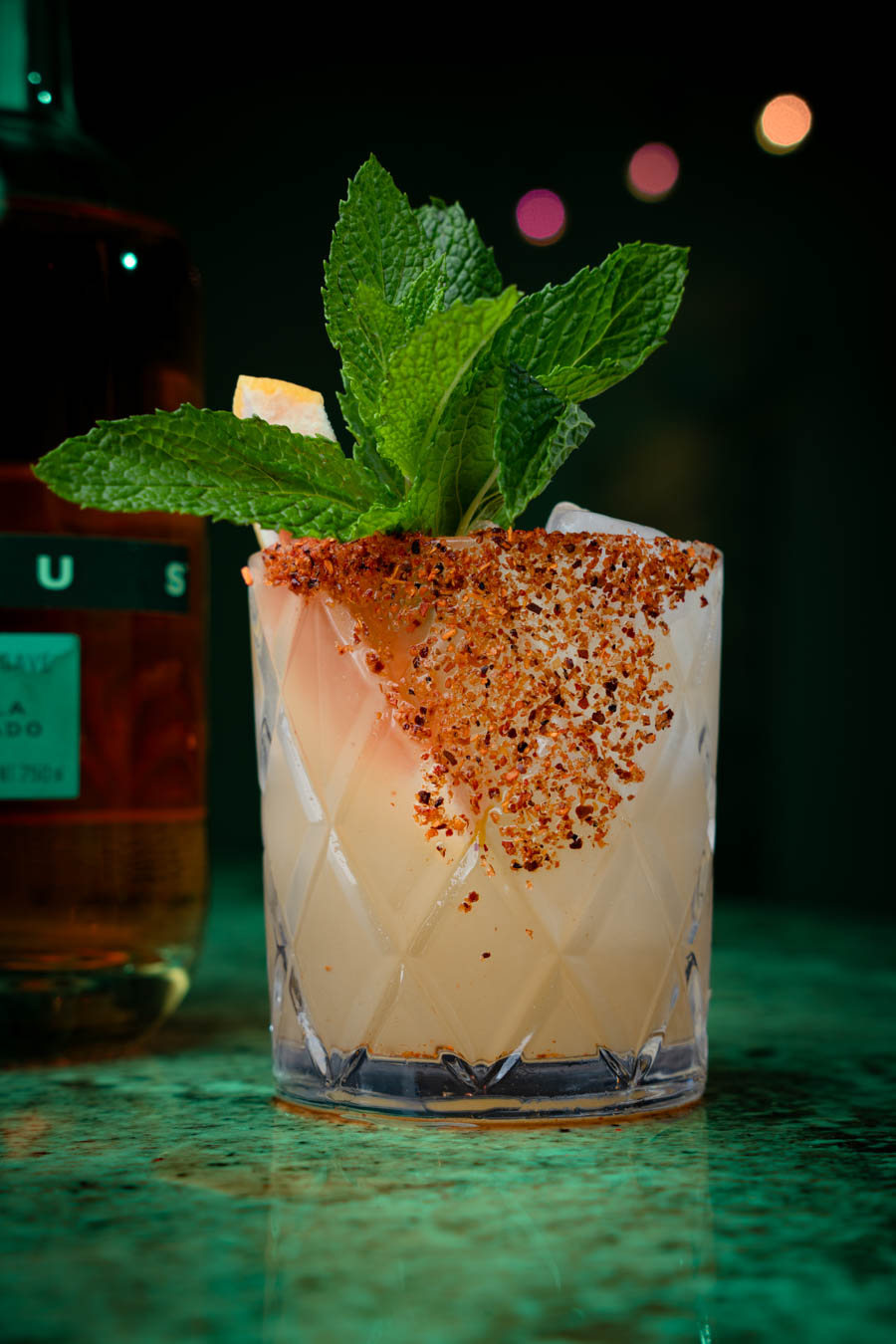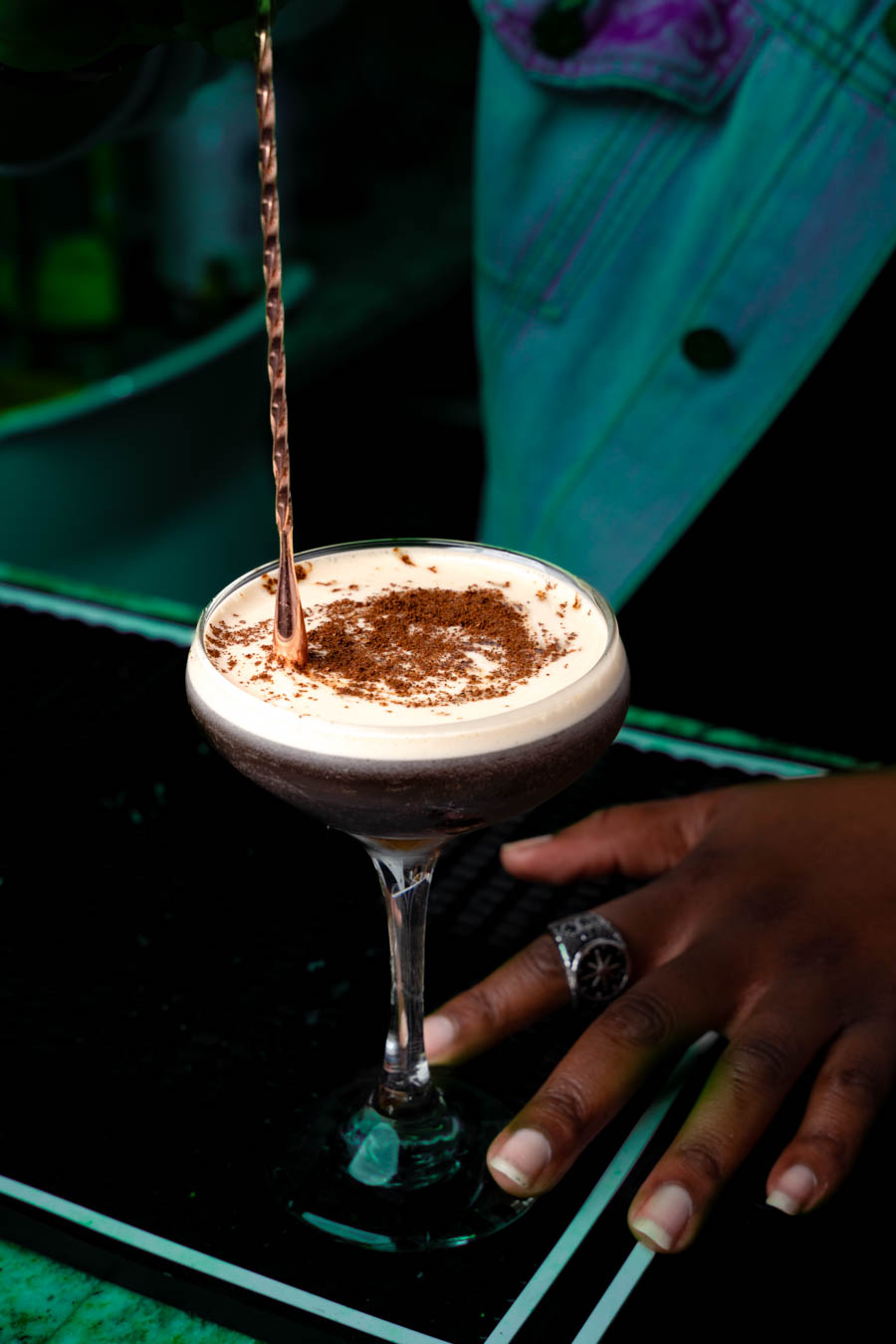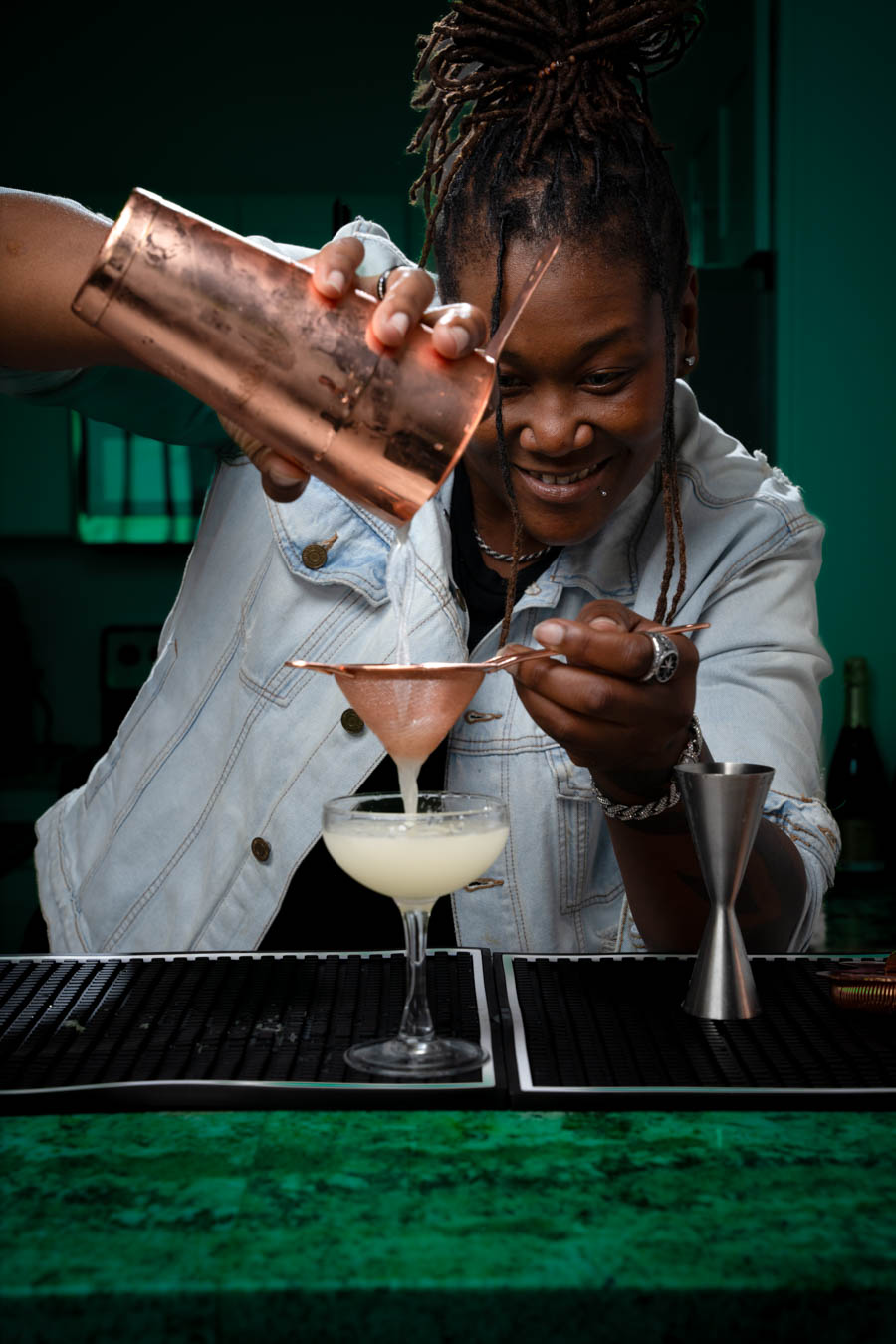For many people, the mere mention of the word “chemistry” conjures up hours spent hunched over a classroom lab station staring at beakers of dubious substances. After this initiation into the field, most people bury their memories of the subject in the back of their minds, eager to forget them. With the Discover the Chemistry of a Cocktail program, The Bishop Museum of Science and Nature invites the community to reexamine chemistry through the art of bartending. The inaugural Chemistry of a Cocktail event took place this past March as part of the museum’s initiative to increase after-hours museum attendance. Experienced bartender and Tampa Market Manager for Spirited Insiders Lauren Reese hosted the evening and sat on the judging panel of the night’s cocktail competition in honor of Women’s History Month. Reese shared her wealth of bartending knowledge with attendees, many of whom were at-home enthusiasts. Female bartenders presented their version of the Rum Daiquiri, which Reese and the judging team selected due to its simplicity and ability to illustrate the scientific rationale behind the cocktail making. “With the daiquiri, we went over the key components of a cocktail—your base spirit, water, sugar and citrus—and once you have those components, it’s all about balance,” she says. Both attendees and the judging panel tasted the beverages and voted to determine their favorites. They also had the opportunity to glean tips and tricks from Reese’s years spent behind the bar.

Hey Bartender
Reese has gained experience working at establishments like The Cheesecake Factory and City Perch, the restaurant concept for the luxury movie theater IPIC Theaters. She used the Cheesecake Factory’s massive beverage recipe book as a guide for playing around with innovative flavors to wow guests. “I realized that I like connecting with people based on who I am, but also based on the drink that I make for them,” she adds. At City Perch, Reese took advantage of the bar’s plethora of equipment and ingredients, like liquid nitrogen and chipped ice. “There, I learned that bartending is a career that can take you far in terms of travel, knowledge and meeting people.” While in this role, she discovered the world of craft cocktailing. “You take whatever you’ve got and put that into the glass. It’s elevated from your traditional cocktail because you’re using natural ingredients and making homemade syrups, tinctures and infusions to provide an experience to whoever you’re serving.” The interpersonal element of craft cocktailing struck a chord with Reese, who relocated to Tampa in 2020. During the COVID-19 pandemic, she used her quarantine time to hone her skills, and following the pandemic, she worked at a tiki bar, uncovering the secrets behind tiki cocktails, which she added to her own crafting style. “Bartending is something that I take personally,” she says, “and I leave a piece of myself in every drink that I make.”

Does the type of glassware chosen change the experience? REESE: If you enjoy the drinking experience, then glassware has a huge effect. When serving a Cosmopolitan, choose a martini glass. The stem of the glass keeps guests’ hands from warming the drink, helping it stay cool longer. With a wider mouth, the martini glass also allows aromatics to escape from the drink, adding another dimension to it.
Does the variety of ice accompanying the drink make a difference? REESE: Ice selection plays a key role in cocktail making. From crushed, cubed and purified ice—one giant transparent cube with a slower melting time—bartenders have many options. When you make an Old Fashioned, you want to use a purified ice cube that will melt enough to counter some of the drink’s heat without diluting it too much. On the other hand, crushed ice dilutes tiki cocktails, which are creamy and thick. “The crushed ice melts faster and loosens the drink to a point where it’s drinkable and refreshing.
SIDEBAR:
Shake It Up
For at-home bartenders looking to shake up their cocktailing game, Reese shares three go-to recipes as well as handy tips and tricks to practice creating the perfect cocktail for whoever you’re serving.
Mezcal Cold Brew Martini
2 oz. of Illegal Mezcal
2 oz. of cold brew coffee
.75 oz. of salted vanilla simple syrup
“Mezcal has taken the country by storm,” says Reese, “but most people don’t know that while all tequilas are mezcals, not all mezcals are tequilas.” Both are agave spirits, but tequila can only be made using the Blue Weber agave species. All varieties of agave can be cooked in a sealed underground pit, where they take on a smokey flavor, and can be used to make mezcal. The sweetness of salted vanilla syrup in this drink balances out the smokiness of the mezcal. “I love this drink’s visual and taste layers,” she adds. The bartender shakes and throws the shaker tin, creating an aeration effect and the distinct foam that tops the beverage. The bursting bubbles in the foam hit guests before their first sip, leaving a memorable impression.









